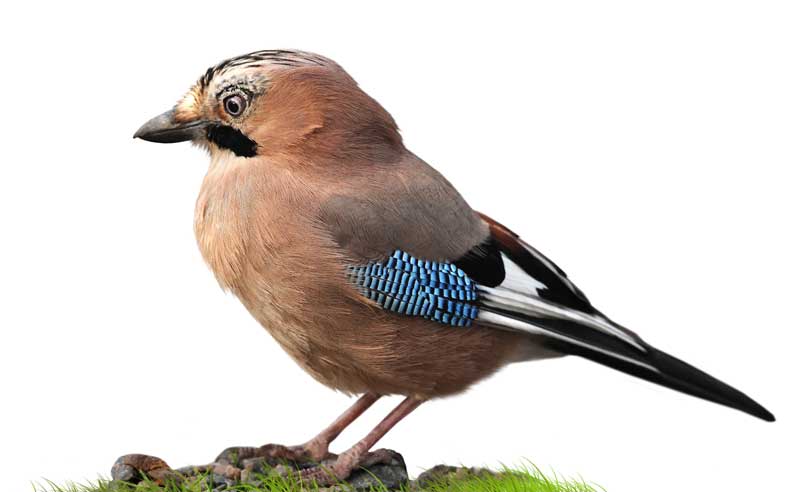
jay
The Eurasian Jay, a conspicuous member of the corvid family, plays an important role in the ecosystem by dispersing seeds and controlling insect populations. This fact sheet provides a detailed overview of the Eurasian Jay's biology and ecology and highlights the importance of protecting its habitats and food sources.
jay Products
-
Animal standee jay
Regular price From 19,90€Regular priceUnit price / per -
Animal set - forest animals
3 reviewsRegular price 359,90€Regular priceUnit price / per -
Extension set - "Black Forest"
Regular price From 319,90€Regular priceUnit price / per -
Animal display Jay - Outdoor Set
No reviewsRegular price 27,70€Regular priceUnit price / per -
Pop-Up Wall "Forest Habitat"
No reviewsRegular price 300,00€Regular priceUnit price / per -
Pop-Up Wall "Forest Habitat"
No reviewsRegular price From 1.200,00€Regular priceUnit price / per
Profile: jay
-
Scientific classification
- Class: Aves (birds)
- Order: Passeriformes (Passerines)
- Family: Corvidae (corvids)
- Genus: Garrulus
- Species: G. glandarius (Jay)
-
Physical characteristics
- Size: Body length of 31-35 cm
- Wingspan: 52-58 cm
- Weight: 140-190 g
- Special features: Colorful bird with striking blue-black, white and rust-brown plumage; distinctive black stripe around the eyes and a distinctive crest.
-
Habitat and distribution
- Common regions: Europe, Asia, parts of North Africa
- Habitat: Deciduous and mixed forests, parks, gardens, but prefers oak and beech forests.
- Adaptability: Moderately high, especially in areas with sufficient food supply and suitable nesting sites.
-
Nutrition
- Diet: Omnivore
- Typical food: acorns, nuts, seeds, berries, but also invertebrates, bird eggs and young birds.
-
Reproduction and lifestyle
- Breeding season: spring to summer
- Nest type: High in trees, often in dense coniferous forests
- Number of eggs: 4-6 eggs per clutch
- Incubation period: Approx. 16-17 days
- Social structure: Usually in pairs or small family groups; territorial during the breeding season.
-
Lifespan and protection status
- Life expectancy: Up to 8 years in the wild
- Threat status: Least concern; stable populations, although habitat loss and pesticide use may be problematic.
- Conservation measures: Preservation and protection of forests and parks to secure habitat and food sources.





